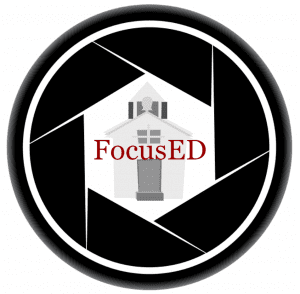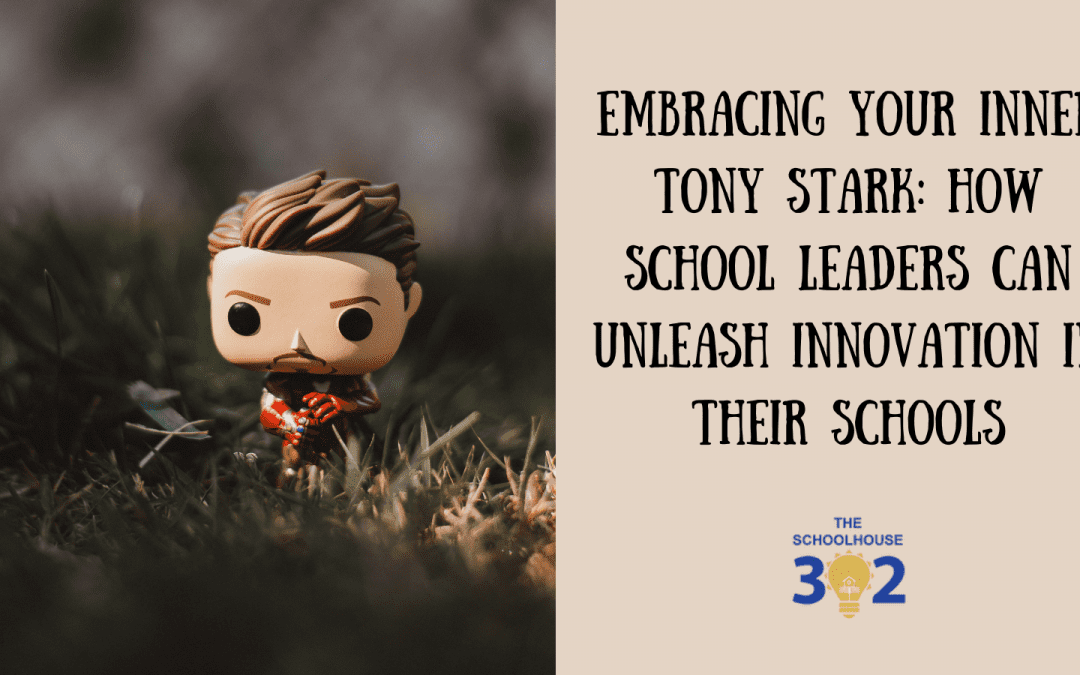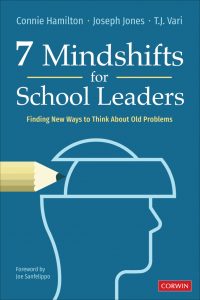
From Crisis to Opportunity–A School Leader’s Playbook
By focusing my attention on the solution to the problem rather than the problem, I was able to quickly turn what seemed like a major crisis into an opportunity. ~ Les Brown
It’s Possible
Identified, as he calls it, “educable mentally retarded,” or what we would refer today as an intellectual disability, Les Brown was poor, and with a whole host of potential issues stacked against him–including low self-esteem in school–he emerged as one of the greatest motivational speakers to ever grace a stage. Adopted by a single mother, Miss Mamie Brown, a cafeteria worker, he found success only after he repeatedly picked himself up from unsuccessful attempts to be a radio personality.
There is power in learning how to turn adversity into advantage, crisis into potential, and setbacks into motivation. Think about that for a moment, if we could harness those three opportunities when we encounter them–adversity, crisis, and setbacks–we could make serious progress in education. There is no doubt that some schools and districts are achieving greatness, but how do we scale that success for every child?
We turn to the popular lesson that Les Brown espoused throughout his career: It’s Possible. What exactly is it that possible, you may ask? The answer is simple–whatever you decide. That’s the importance of the message. Life is filled with challenges, hardships, and difficulties; great school leaders harness a resiliency combined with an unwavering belief that it’s possible, that anything is possible.
- It’s possible that all students can learn to read on grade level.
- It’s possible to attract top talent to this profession.
- It’s possible to build a culture where staff and students thrive.
- It’s possible for the community and school to work together in harmony.
- It’s possible to change grading practices.
- It’s possible for educators to receive appropriate pay.
- It’s possible for students to feel safe–emotionally and physically–in every classroom.
- It’s possible for every American child to graduate with a high school diploma.
The list can go on-and-on; you get the idea. If the tragedy of the pandemic taught us anything, it’s that this lesson from Less Brown is the truth, it’s possible. Covid19 created a crisis that quickly required educators to shift their thinking about how and where students would be educated. There was no alternative except to change what we were doing, and fast.
Teachers shifted to instruct students remotely, administrators worked to provide students with access to devices and the internet, nutritional services provided curbside meals, school parking lots turned into vaccination events, classrooms were systematically transformed to meet safety protocols, grading and assessment practices were shifted, instructional methods were altered, and more. The crisis created opportunity, and, in many cases, things improved. Some of the troubles that we were grappling with for year–like internet access at home–were solved in a matter of days.
A New Mentality
It’s amazing what we’ve accomplished in our profession during tough times. Trust us, we never want to go back to the height of the pandemic, and by no means was everything perfect, but what was accomplished was nothing less than incredible. Now that we know what we are capable of doing as educators, it’s time to tackle some of our other long-standing issues, using the same determination that we had during the crisis. This begins with two fundamental steps: 1. identify and define the new mind-shift that we used when the crisis hit, or when any crisis occurs, and, 2. enumerate the issues in education that are constant, perennial problems.
A Crisis Mindset
The first step to making changes to perennial problems is to define and implement what we call a crisis mindset. We, along with our friend and co-author Connie Hamilton, developed this definition to accompany a new mentality for solving problems and adopting systemic solutions, An unfiltered 360° view and approach to solving problems with an urgency that abandons conventional wisdom and accepted restraints until a meaningful solution is found, implemented, and sustainable.
Reflection:
What are some of the longstanding problems within your school or district?
Do you believe you can solve them?
Perennial Problems
Take your pick from the various issues that are the Achilles heel for many schools and districts. Perennial problems are issues that consistently limit the success for students, schools, and their communities. They demand a continuous effort to manage and often never go away. These issues require the school system itself to have structures and supports in place to effectively make changes. Ultimately, these problems require a different and new shift in thinking to successfully attack the problems at their core.
Take a few minutes to identify one or two perennial issues that are negatively affecting student success in your school. Which problems will impact you and your student the most this upcoming school year? Consider academic achievement, school climate, teacher retention, and other issues that recur.
Reflection:
What issue has to be solved this school year?
What have you done in the past to solve it?
What new ideas or approach could you use to solve it?
Leadership Hack: Make Problems Tangible
When working to solve perennial problems, it’s critical to take the problem from your mind and make it into something tangible. It may sound simple, but writing the problem out in detail on a sheet of paper makes it real and identifiable to the team. Putting the problem on poster paper or a whiteboard brings it to life in a way that takes it from an abstract notion to a concrete object.

After you write it down, place it on the center of the table for the entire team to see. Begin to work towards solving what’s in front of you, detail-by-detail. To begin unpacking the problem, we often need a new mental structure to apply. The same old thinking is not going to solve the same old problems. Now that you have the details on paper, tangible and visible to the team, we suggest that your team uses our R.E.P.S. model for thinking about the problem in a new and structured way. This is a SchoolHouse302 original to get conversations going and reflect on an initiative or problem as you shift toward a crisis mindset. Feel free to download our free R.E.P.S. template here. For other new thinking models, check out our new book, 7 Mindshifts for School Leaders: Finding New Ways to Think About Old Problems.

Reflect on the work already being done in a particular area of concern. This should be a brain dump of the activities and work that has already taken place to solve the issue, even if it didn’t work well.
Evaluate what is and what is not working. There are degrees of success when it comes to perennial problems; it’s never a zero-sum game. If something has worked or displayed average success, identify it and work to discover why it worked to the degree that it did and not better. There are often good solutions within current efforts that need tweaking.
Plan on making adjustments. This can range from involving more people in the discussion to seeking outside expertise to abandoning a current practice and replacing it with another.
Solidify the next steps. Please know that we are not saying to solidify the plan. Don’t jump to conclusions too fast. Finding quick solutions is in and of itself a mistake in education and solving problems in general. There are no silver bullets. Period. It’s a continuous and constant effort to make necessary changes that lead to improvement. And it starts with the mindset that school leaders apply to the problems, which is why R.E.P.S. can help to make sure the team gets to this final step in determining which actions to take after we unpack the problem.
Conclusion
Looking for opportunities in a crisis and seeing the possibilities that can come from the big problems that we face as school leaders isn’t easy. If it was, everyone would be doing it. The good news is that you’re a school leader who wants to lead better and grow faster. The hard part is done; you’re here. The harder part is implementing new structures and new mind shifts that can tackle age-old issues. That’s why you need a crisis mindset.
Follow along with us at TheSchoolHouse302 over the next several months, and we’ll uncover new and different ways that you and your team can approach problems in your school. We’re going to recommend books, interview experts, and keep you informed about who is cracking the code of school leadership and why.
And, we want to hear from you. Please hit us with a like, a follow, a comment, or a share. It helps us and it helps other readers, like you, to find our work so that more school leaders can lead better and grow faster.
We can’t wait to hear from you.










 7 Mindshifts for School Leaders: Finding New Ways to Think About Old Problems.
7 Mindshifts for School Leaders: Finding New Ways to Think About Old Problems. 


